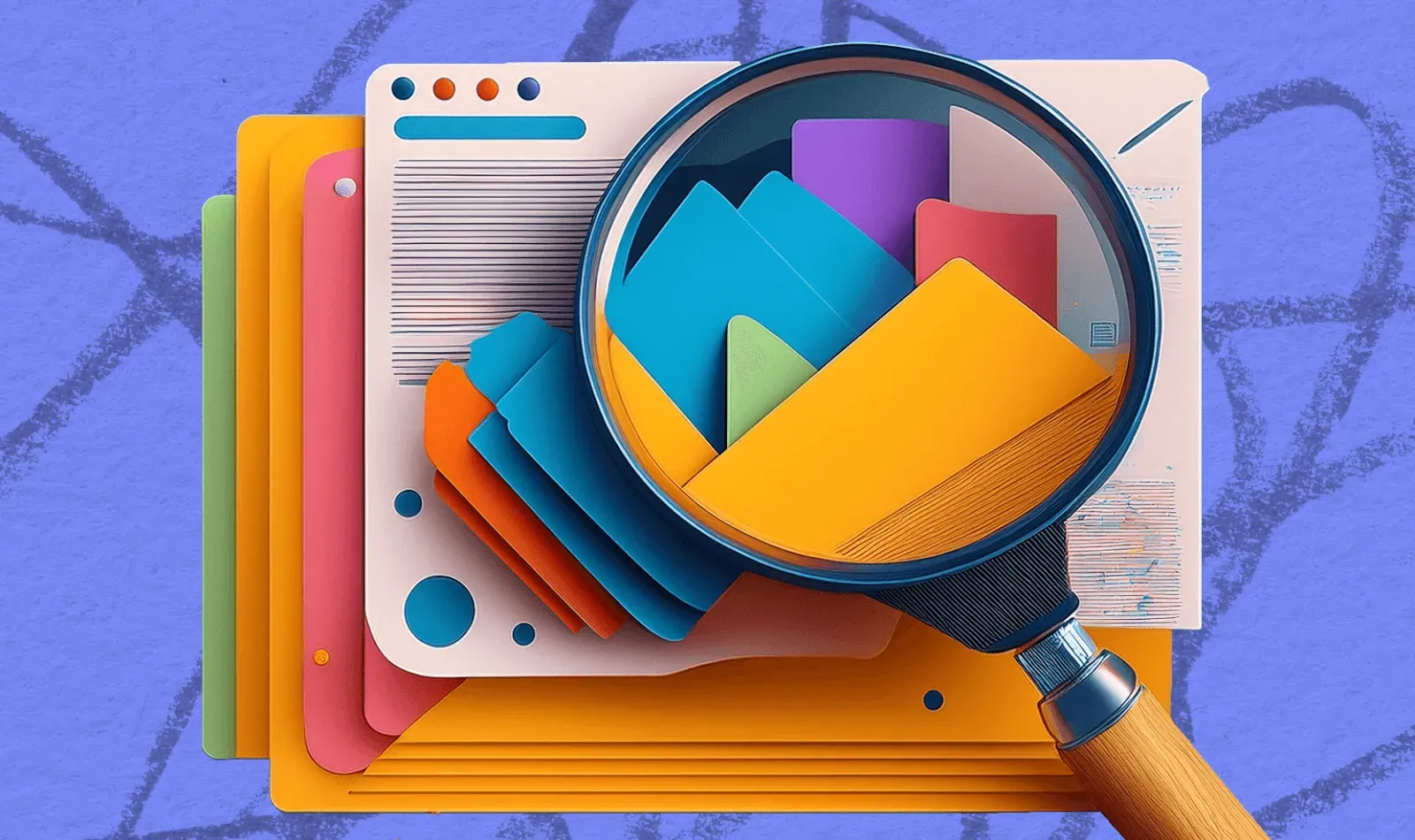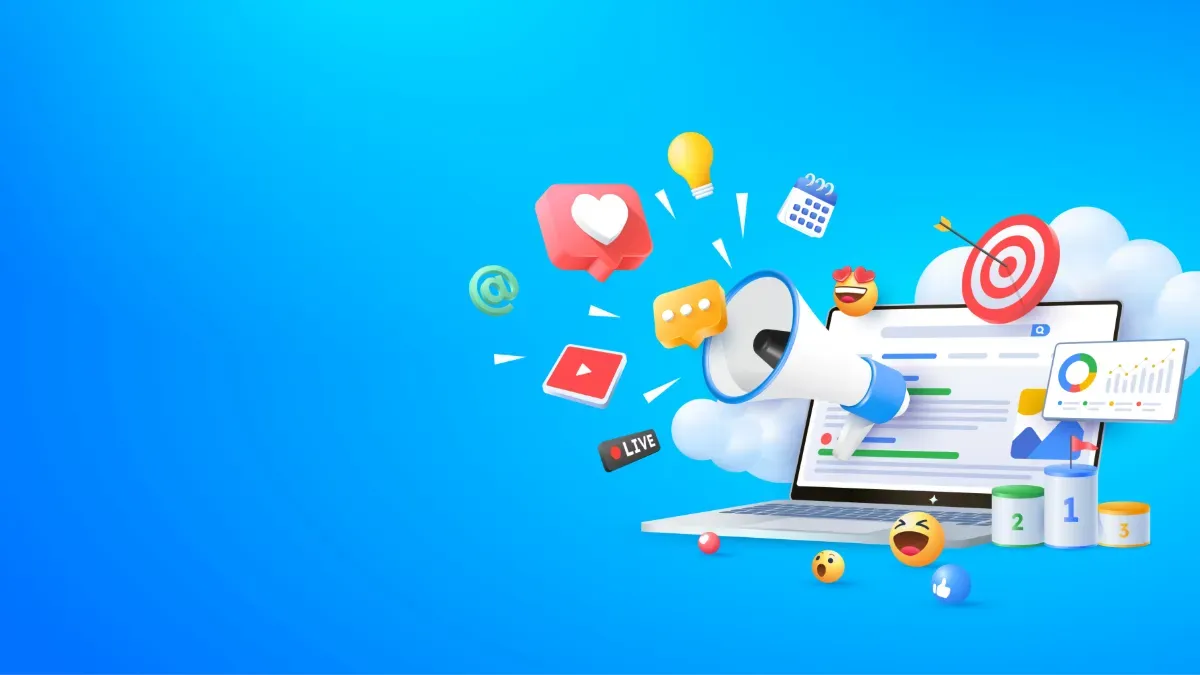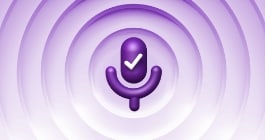Unlock more with the Adobe Podcast Premium plan 
- Video support for MP4, MOV, and more
- Bulk upload files for enhancement
- Adjust strength for a more natural sound
- Enhance up to 4 hours a day, files up to 1 GB
- No download limits on Studio projects
- Download original recordings, speaker-separated
- Customize audiograms and captions with themes
- Upload custom backgrounds for audiograms
- All Premium features for design
Enhance Speech
Studio
Design with Adobe Express Premium
Why your podcast needs transcripts (and how to use them)
Unlock discoverability, accessibility, and content repurposing with every episode.

Last updated: June 17, 2025
Author: Megan Schmidt, Writer & podcast producer
If you’re not already using transcripts for your podcast, this is your sign to start. They’re not just a nice-to-have, they’re a game-changer for accessibility, search visibility, and long-term content discovery. Whether you’re hoping to grow your audience, reach people in different parts of the world, or just make your editing and marketing workflow easier, accurate transcripts can quietly do a lot of heavy lifting behind the scenes.
Let’s talk about why transcripts matter and how to actually use them in a way that benefits both you and your audience.
Accessibility matters, and it helps more people tune in
Not everyone is listening to your podcast with earbuds in and perfect hearing. Some listeners are deaf or hard of hearing and rely on transcripts to enjoy your content. Others might have visual impairments and use screen readers or large-type tools to navigate text. Some people are in loud environments — like on a train — where hearing audio just isn’t an option.
There’s also the international factor: in many parts of the world, downloading a large podcast file or streaming video might not be realistic, but reading a transcript is. Plus, written text plays nicely with translation tools, which means your ideas can travel even further.
Accessibility isn’t just about checking a compliance box; it’s about making sure people can connect with your work however they need to.

Better SEO = better discovery
Search engines can’t “listen” to audio. They rely on text to understand what your content is about and whether it’s relevant to someone’s search. That means having a transcript on your episode page can make it way easier for Google to serve up your show when someone is searching for the exact thing you’re talking about.
Transcripts also make it easier to write stronger episode titles and descriptions, since you can pull language directly from the conversation. If you’re already dipping into SEO tools like Google Keyword Planner or Ahrefs, you’ll know how important it is to match language with what people are actually searching for.
Even if you’re not going that deep, just having clean, readable text helps your content get indexed properly and show up in results. It’s also a huge help when writing emails, blog posts, or social captions based on the episode, because the words are already there, waiting.
Transcripts are a shortcut to smarter content
Think about how often you’ve tried to remember something you or a guest said in a past episode. Now imagine trying to find that moment without a transcript. Frustrating, right? Having searchable text makes it easy to reference specific quotes or topics, whether you’re pulling a soundbite for social media or just trying to recall the last time you talked about a certain subject.
Listeners benefit from this too. If someone wants to share your perspective or dig deeper into something you said, a transcript gives them a direct path. Instead of scrubbing through 45 minutes of audio, they can scan for the line, grab the quote, or jump to the timestamp. It’s especially helpful if your podcast is long-form or info-heavy — people can engage with it on their own terms.
Adobe Podcast makes transcription easy
Inside Adobe Podcast Studio, transcription is baked into the workflow. You can record directly into the platform, whether you’re solo or working with remote guests, and your audio gets transcribed automatically. That text isn’t just useful for accessibility: it’s also fully editable. You can cut awkward pauses or tighten up an answer just by editing the transcript, no waveform dragging required.
From there, it’s easy to repurpose your content into other formats. You can export clips, create audiograms, and even start drafting episode descriptions or blog posts based on the transcript.
If you’ve ever found yourself re-listening to an episode just to pull a quote, this will save you a lot of time and sanity.
Don’t sleep on the power of words
Great audio deserves to be found, and text is the bridge that helps people get to it.
Transcripts help your content show up in search results, reach more people with different needs, and become a more versatile part of your creative toolkit. They’re also one of the easiest ways to future-proof your work as your podcast library grows.
With tools like Adobe Podcast Studio, getting clean, usable transcripts is simple. You’ve already done the hard part. Now let your words do a little extra work.
About the author: Writer, comedian, podcast producer: Megan loves stories that stick, told sometimes with words, sometimes with waveforms, always with heart.



